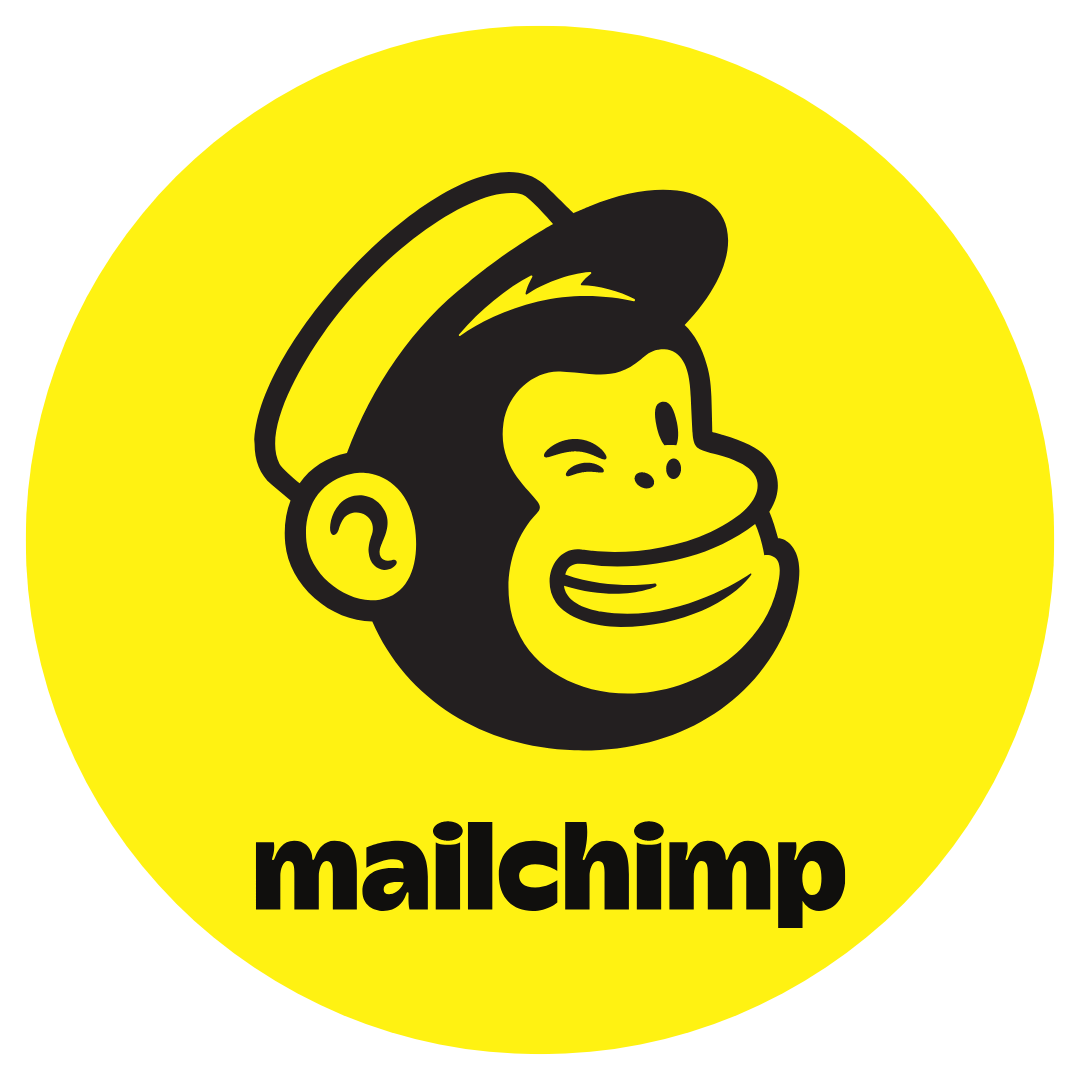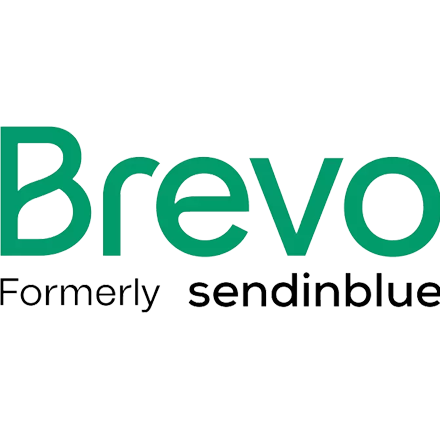Klaviyo: Where Data, Automation & SMS Merge to Boost Revenue
Klaviyo helps online stores and fast-growing small businesses send ultra-personalized email & SMS messages, predict what customers will buy next, and build automation flows that drive revenue — not just clicks.

What is Klaviyo?
Klaviyo is a marketing automation platform built especially for e-commerce. It combines email, SMS, push notifications, forms, and deep customer data so you can send very tailored messages, optimize based on customer behavior, and measure real ROI.
Unlike some tools that focus just on newsletters, Klaviyo gives you:
- Automated flows (welcome, abandoned cart, win-back, etc.)
- Powerful segmentation & predictive analytics (e.g. predicted LTV, churn risk)
Key Features

Automated Flows & Triggers

Segmentation & Personalization

SMS Campaigns

Email + SMS + Push / Multi-Channel Messaging

Forms, Popups, Web Integrations

Data & Analytics / Predictive Tools

Templates & Email Builder
✅ Pros ⚠️ Cons
Pros (Why Businesses Like It):
✅ Very strong e-commerce-centric features: flows, triggers, and segmentation.
✅ Excellent predictive analytics and data-driven personalization.
✅ Multi-channel messaging (email + SMS/push) under one roof makes for more cohesive customer journeys.
✅ Great integrations with Shopify and other e-commerce platforms.
Cons (What to Watch Out For):
❌ Can be expensive, especially when your profile/contact count grows. Many small businesses find the cost rises quickly.
❌ Learning curve is steeper: there are many features, and setting up advanced flows and custom segments may need effort.
❌ Customer support issues: some users report slow responses or inconsistencies, especially on lower-tier plans.
❌ Reporting can be powerful, but sometimes pulling custom reports, filtering, and analyzing can become time-consuming.
Hidden Truths About Klaviyo (That Most Reviews Skip)
Profiles = Billing → You’re often billed for all “active profiles” in your account (even those who are inactive, unsubscribed sometimes show up unless cleaned). If you don’t clean your lists/segments, costs can balloon.
Small free plan, limited scope → Free tier exists but with relatively tight limits; many advanced features / SMS require paid plan.
- Complexity comes at a price in time → Setup, fine-tuning, maintaining flows, integrations can take time — not always “set and forget.”
- Overage or unexpected cost increases if your contact count grows, or if integrations feed in many profiles you don’t use.
- Template flexibility is good, but for highly specialized designs or very custom flows you may need design / dev resources.
Real-World Use Cases
Shopify / WooCommerce Store
Uses Klaviyo to trigger abandoned cart reminders, cross-sell flows, win-back flows, SMS & email combos. Increased revenue and returned customers.
Subscription-based Business
Tracks churn risk, sends re-engagement or upgrade prompts, uses predictive LTV to focus on high-value subscribers.
Brand with Seasonal Campaigns
Uses forms and popups for seasonal signups or promos; uses predictive models to anticipate purchase patterns (e.g. before festive seasons).
Agencies / E-commerce Marketers
Manage multiple clients with similar flows; build templates & automations once; leverage reporting and benchmarks to compare performance.
Customer Reviews
SaaSChooser Top 3 Email Marketing Recommendations

Mailchimp — Best for Beginners & Local Service Businesses
Who it’s for: Salons, plumbers, contractors, restaurants, or any small local business just starting with email marketing.
Why: Mailchimp has the easiest setup, tons of templates, and a free plan to start.
Strength: Get professional-looking emails out in minutes, no design or tech skills needed.
Watch out for: Pricing climbs once your list grows past 2,000 contacts.
👉 Pick this if you’re brand new and want something simple and safe.

Brevo (formerly Sendinblue) — Best for Budget-Friendly Automation
Who it’s for: Budget-conscious small businesses, solopreneurs, or startups that need automation but can’t afford high monthly fees.
Why: Flat pricing (based on emails sent, not list size) makes it cost-effective.
Strength: Includes email + SMS marketing, so you can reach customers in multiple ways.
Watch out for: Interface feels less polished than Mailchimp, but it gets the job done.
👉 Pick this if you want automation + affordability, and don’t mind a less flashy design.

Klaviyo — Best for E-commerce & Online Stores
Who it’s for: Shopify, WooCommerce, BigCommerce stores, or anyone selling physical/digital products online.
Why: Klaviyo’s deep e-commerce integrations and segmentation are unmatched.
Strength: Sends personalized product recommendations, abandoned cart recovery, and customer journey emails that drive sales.
Watch out for: Expensive as your list grows — best when email revenue offsets the cost.
👉 Pick this if you run an online shop and want emails that directly increase sales.
SaaSChooser Takeaway
Klaviyo is exceptional when your goal is not just sending emails, but turning them into reliable revenue, especially in e-commerce. If you can invest in good workflows, clean data, and leverage its predictive tools, you can get great returns.
But if you’re just trying to send simple newsletters, or have a tiny list, or are very budget-sensitive and time constrained, you might get most of what you need from simpler tools — and avoid paying for features you don’t use.
